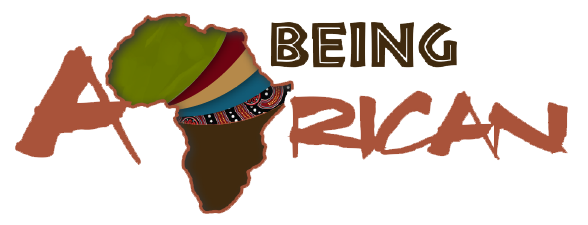
Music & Dance in Ndebele Culture
Music
The relationship between art, music, and culture cannot go unnoticed in any culture. This symbiotic relationship usually carries a mirror that reflects the culture and history/heritage of a given tribe. For example, we can learn of the tribe’s heroes, origins, and a sense of pride through song or poetry. Through dress, we can tell who the tribe identified with and what influenced their patterns. Altogether it will be accurate and appropriate to say that artistic expression is necessary for social and religious ceremonies. They have also been used to celebrate wars and marriages, have been used to play the role of counselling in funerals and on many other occasions. Music, especially singing, was and is still used to pass the time when working in the fields for most African cultures. The same holds for the Ndebele people, whose art is expressed in many forms such as music, dance, literature, poetry, or dress.
Ndebele music and dance, like most Zimbabwean forms of expression, are very inclusive. Anyone who chooses to break out in song and dance will most likely have others join or follow, which depicts the community set up upon which the Ndebele communities have formed and established.
Ndebele Music & Dance
The Ndebele people can identify with several music genres and types of dances, some of which are listed and discussed briefly below:
Muchongoyo dance: traditionally a war dance, Muchongoyo was predominantly performed by men before setting out for war as a confidence or morale booster. It was also performed immediately after the war as a celebration dance in the event of victory by the Ndebele warriors. A stick (to symbolise the spear) is typically used to perform the dance and a shield as a form of symbolism; first before departing for war to illustrate how they will kill and conquer the enemy, and lastly as an enactment of what they did on the battlefield during the war.
Since it is a war dance, the men dance, while women are tasked with singing to cheer them on before setting out for battle and upon their return from battle. Muchongoyo is also a social and recreational dance, and it highlights the events of society. It is performed by stamping feet in a rhythmic fashion and dramatic gestures and mimicking war movements.
Sometimes referred to as the king’s dance, “Isitshikitsha” is one of the dance styles done by the Ndebele people. It is sometimes called thus because historically, it was a dance performed for the king’s pleasure. It has been incorporated into and accepted over time by the Ndebele as a ceremonial dance. The Ndebele people who reside in Matabeleland Province in Zimbabwe often performed “Isitshikitsha” at the “Injelele,” a rainmaking ceremony held during drought seasons (it somehow carried a certain amount of religious significance to it in this context). The dance routine has its distinct rhythm and flair. In modern times, “Isitshikitsha” is performed at social events, marriages, or first-fruits celebrations. Singing, clapping, ululation, and whistling accompany it, which are both symbols and forms of expression of happiness in most African cultures.
One common feature in Ndebele traditional music genres is that they are accompanied by the drum, known as “ingungu” in IsiNdebele. The drums are as diverse as the genres, and they are available in various sizes and shapes. In most cases, The larger drums are usually played with sticks, while the smaller ones are played with open hands. However, there are few exceptions, like the tiny drum accompanying Amabhiza, which is played with one hand. At the same time, the other rubs/scratches the drum with a stick to produce an odd screeching sound that also serves as percussion. that also acts as percussion. Unique drums also accompany the melody of Muchongoyo. Regardless of the size of the drum, these have animal skin on both ends and are played with sticks. The stick’s size, on the other hand, is proportional to the drum’s size.
Besides drums, traditional Ndebele music has various percussive instruments, including shakers, leg rattles (amahlayi), and wooden clappers. These percussions give the piece a vibrant sound form that sets each genre or style apart from the others. For example, percussions in ceremonial dances or music are higher in tempo and rhythm than on other occasions.
Some popular Ndebele songs:
“Mancube” – A song sung during traditional ceremonies of the Ndebele people of Zimbabwe.
“KudalaKwakunganje” – Speaks to a time when King Mzilikazi used to rule the country. It is essential, especially for the young generation, since it teaches them their history and origins. Heritage passed orally from one generation to the next.
“Juba Mboleka” Traditional dance song
“TshobaLami” Song for happy Ceremonies
